A new family of Penryn-based Core 2 notebook chips formally introduced by Intel on Monday boost battery performance by as much as 16 percent and encoding operations by as much 40 percent when pitted against their Merom predecessors in a set of mobile benchmark tests.
In its quest to gauge the battery performance of Penryn-based notebook systems, AnandTech landed two Dell Latitude D630 notebooks from Intel, identically configured with the exception of the processor. One employed a Core 2 Duo T7800 — the Merom-based chip currently offered as a build-to-order option on Apple's high-end MacBook Pro systems — running at 2.6GHz with an 800MHz font-size bus (FSB) and a 4MB Level 2 cache. The other came equipped with a brand new 45nm Penryn Core 2 Duo T9500 — which will make its way into Apple's upcoming MacBook Pro refresh — also running at 2.6GHz on a 800MHz FSB but with a larger 6MB L2 cache.
When run on both machines, the Windows-based CPU-Z system profiler application indicated that the Penryn-based notebook was running at 1.15V compared to the 1.225V of the Merom-based system. This reduction in voltage for the Penryn notebook immediately signals reduced power consumption and, hence, improved battery life.
To quantify the battery improvements, AnandTech turned to MobileMark 2007, the latest battery life measurement tool from BAPCo. The benchmarking suite consists of three individual benchmarks: a Productivity 2007 test, a Reader 2007 test, and a DVD playback test.
In effect, the Productivity 2007 test emulates a SYSMark 2007 Productivity test, but does so with a focus on how long the battery will last, not how fast the system can perform. In this test, the Penryn-based notebbok lasted an extra 55 minutes, or an increase of almost 16.5 percent in battery life over the identically configured Merom system.
The results of the Reader 2007 test, which simulates mostly idle time when a notebook user would be reading a digital document, were similar but more marginal. In this test, battery performance improved 5.6 percent or a total of 23 minutes on the Penryn notebook compared to the older Merom-based system.
Mobile Penryn vs. mobile Merom battery tests | Source: AnandTech.
Again, and as would be expected, the Penryn notebook outperformed the Merom system in a DVD playback test, offering up to 18 minutes longer battery life for an approximate 7 percent increase in battery performance.
As noted by AnandTech, these increases in battery life will come at no additional charge to the end user, as Intel has priced the new mobile Penryn chips in line the the Merom-based models they replace. PC manufacturers like Dell and Apple are expected to adopt the chips as part of their mid-winter notebook refreshes, which will similarly arrive at price points that are either in line or cheaper than the price points of the systems they replace.
In general processor performance, the Penryn-based notebook was also marginally faster than the Merom-based system, boasting a MobileMark Productivity 2007 score that was 6.4 percent higher. Results of several SYSMark 2007 tests yielded similar results, with the Penryn system besting the Merom system by a range of 1 to 8 percent depending on the test.
Where the mobile Penryn really outshines its predecessor is in support for applications written to take advantage of Intel's Supplemental Streaming SIMD Extension 4 (SSE4) instruction set, which is making its debut as part of Intel's broader Penryn platform.
Running Intel's TMPEGEnc benchmark, which does take advantage of SSE4 during a movie transcode, AnandTech was able to witness a wide performance gap. The Penryn-based system, because of its SSE4 support, completed the encoding test in 31 percent less time than the Merom system that lacked such support.
This performance gap reported widened even further to 40 percent when a SSE4-optimized VirtualDub 1.7.2 DivX encode was run. Unfortunately, these sorts of heavily tuned applications are expected to be few and far between for the considerable future.
Apple is widely expected to announce its own plans for implementing Penryn-based mobile chips in its MacBook lines next Tuesday at the Macworld Expo in San Francisco. The chips, however, are not yet readily available, meaning any associated Apple products would not ship until several weeks later.
 AppleInsider Staff
AppleInsider Staff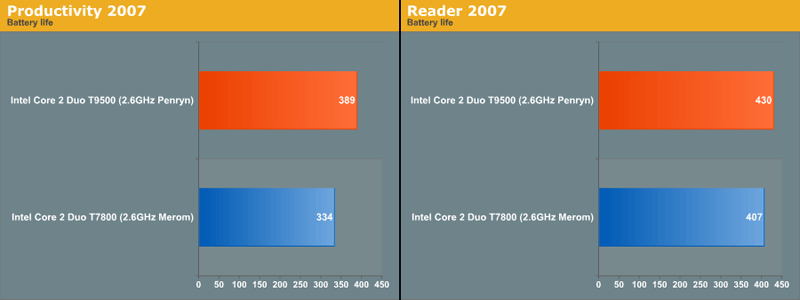
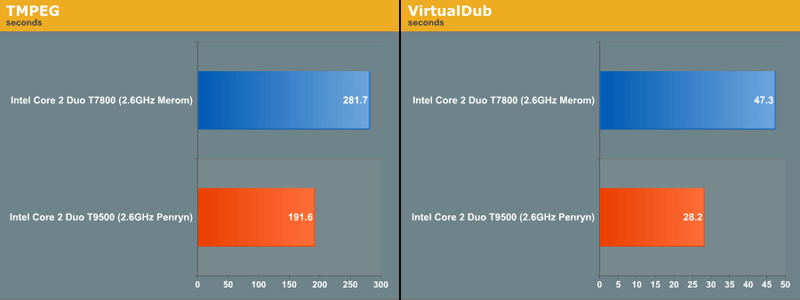

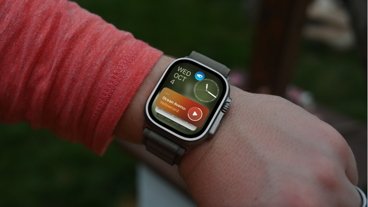


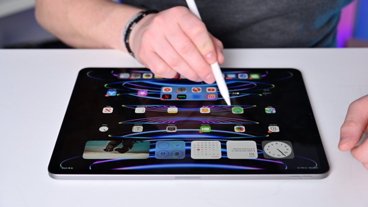


-m.jpg)





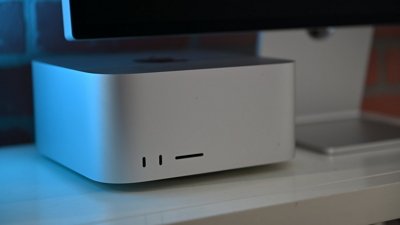
 Wesley Hilliard
Wesley Hilliard
 Chip Loder
Chip Loder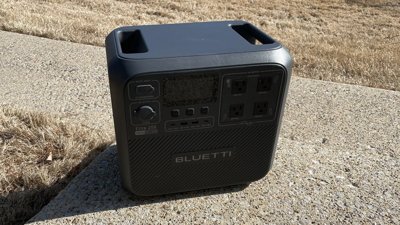
 Brian Patterson
Brian Patterson
 Marko Zivkovic
Marko Zivkovic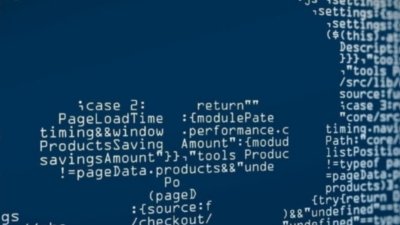

 Malcolm Owen
Malcolm Owen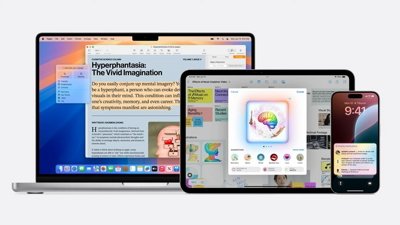
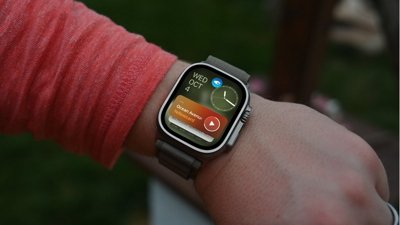
 Andrew Orr
Andrew Orr
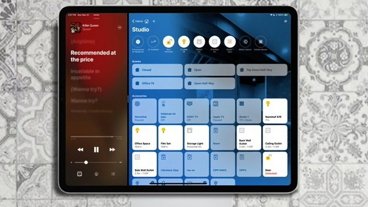

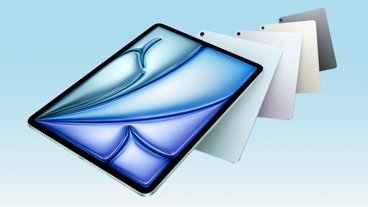
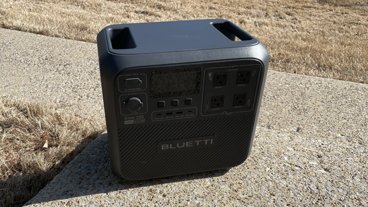
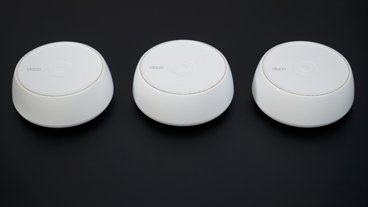
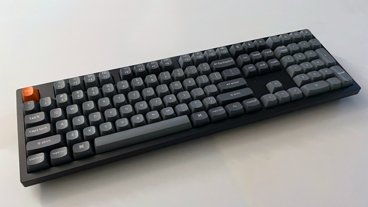

20 Comments
Programming Reference Library from Intel on what SSE4 adds:
http://softwarecommunity.intel.com/i...0Reference.pdf
"Apple is widely expected to announce its own plans for implementing Penryn-based mobile chips in its MacBook lines next Tuesday at the Macworld Expo in San Francisco. The chips, however, are not yet readily available, meaning any associated Apple products would not ship until several weeks later."
I need a laptop for school and unfortunately cannot wait several weeks. I hope this isn't true...
"Apple is widely expected to announce its own plans for implementing Penryn-based mobile chips in its MacBook lines next Tuesday at the Macworld Expo in San Francisco. The chips, however, are not yet readily available, meaning any associated Apple products would not ship until several weeks later."
I need a laptop for school and unfortunately cannot wait several weeks. I hope this isn't true...
If you're really dead-set on Penryn, get a clunker off eBay that will last a few months. You can probably sell it for about what you will pay. Most schools have plenty of clusters, too. Honestly, I think I could have gone without a computer while I was at college, although that's become a longer and longer time ago.
As for me, I see a 2.5 GHz iMac in my future. I have a nice space on the desk for it next to my iMac G5, which will be relegated to server and occasional 3D modeling duties (until I decide to shell out $4000 for Intel compatible versions of the 3D software I use).
Yeigh.
Well, I will be doing a lot of design, programming, and possibly video editing. If the battery life and performance gains are accurate, then Penryn is what I hope to get. I would just hate to purchase a new MBP knowing in a month it will be updated.
Thus is the wave of technology.
i also need this new penryn laptop for school, can't believe its been taking this long. I am in to 3rd semester and this is the semester the school REQUIRES me to get one before February. This is very bad.